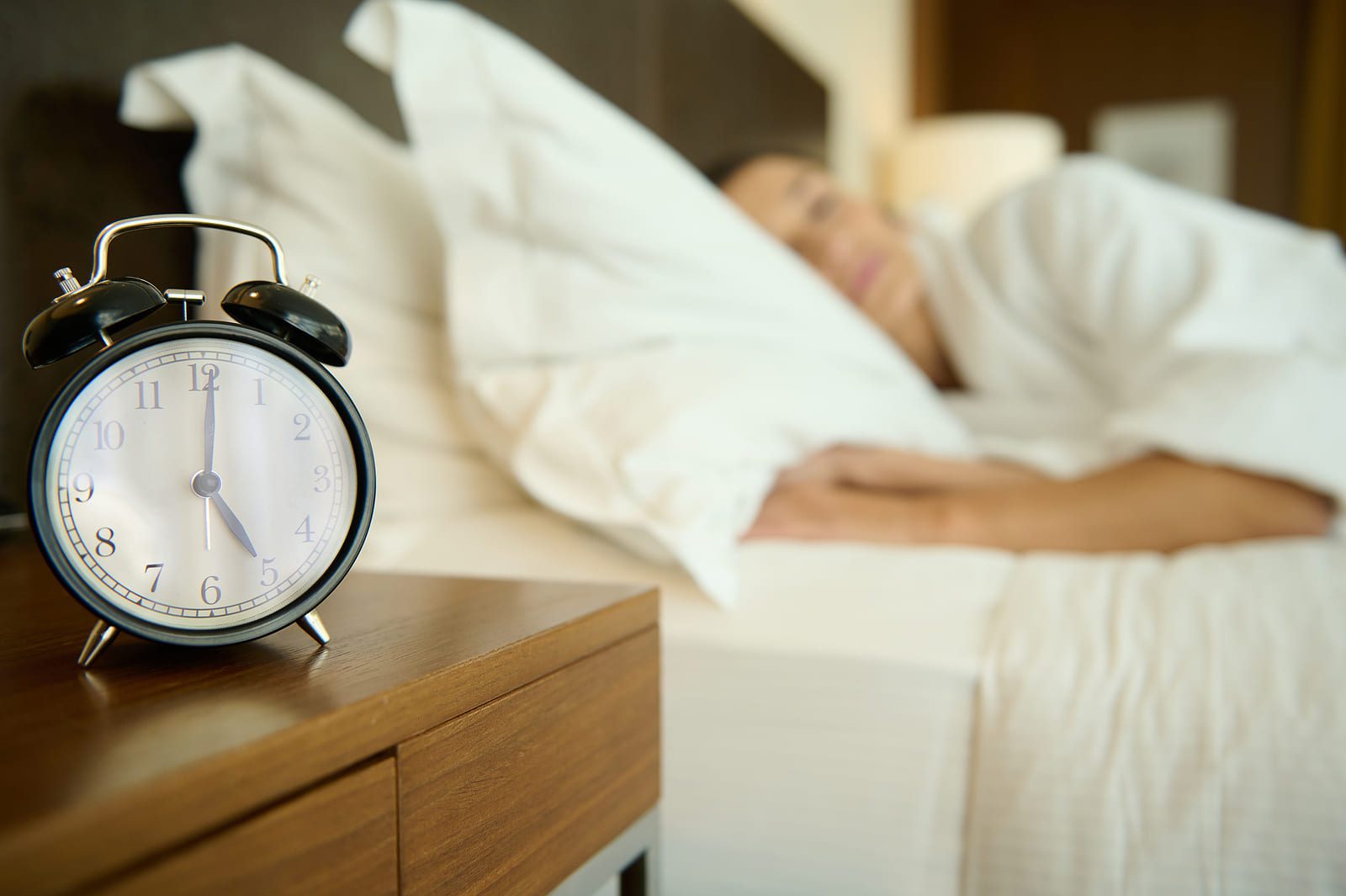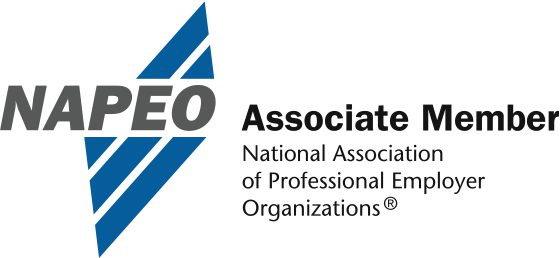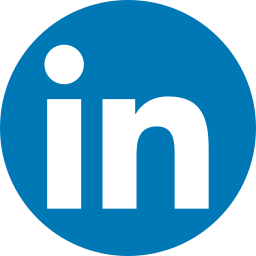Guest blog by One Medical
There’s no doubt about it: Americans have a sleeping problem. According to the CDC, more than a third of Americans are not getting enough sleep on a regular basis, while roughly 70 million Americans suffer from chronic sleep problem. And things have only gotten worse over the past year. A survey of 60 countries found that 46% of people reported poor sleep during the coronavirus pandemic, up from 25% who said they had trouble sleeping before COVID-19 hit the globe.
The fact is, many of us have become so accustomed to settling for a subpar sleep that we may not even know what “healthy” sleep actually looks like. If you’re not sure what a “normal” night of rest really is or how you can achieve it, read on for all the info you need about getting the right amount of Zs to feel your best every day.
Why is sleep so important?
Sleep is one of those fundamental parts of life that often gets de-prioritized for other seemingly essential tasks like work, socializing, and Netflix binges, but it’s essential for optimal overall wellness. Not only does adequate sleep — meaning between seven and nine hours for most adults — help you feel refreshed and energized to take on your day, but it even helps your body stave off certain diseases. Sleep is also important for alertness, proper brain functioning, memory processing, focus, and more.

What determines when you get sleep?
Your body operates on an internal 24-hour clock known as the circadian rhythm. Ideally, you wake up feeling your most stimulated and become increasingly tired as the day goes on. By bedtime, you should feel sleepy and ready for rest thanks to a drive known as sleep-wake homeostasis. Adenosine is one of many neurotransmitters associated with the sleep-wake homeostasis that may help regulate when we get sleepy. As the day goes on, your adenosine levels build up, and you become more tired; when you sleep, your body breaks the compound down and the cycle starts again in the a.m.
Your circadian rhythm is also impacted by light: your brain processes signals when your eyes are exposed to natural or artificial light that help it figure out whether it’s night or day. In ideal circumstances, your body releases the hormone melatonin as natural light starts to diminish, which makes you sleepy; when the sun rises in the morning, your body releases cortisol and other hormones that help you wake up.
The sleep stages
Once you do fall asleep, your body goes through a four-stage cycle. The first three stages are known as non-rapid eye movement (NREM) sleep, and the fourth stage is known as rapid eye movement (REM) sleep. In a typical night of sleep, you’ll repeatedly cycle between these four stages until you wake up. For most people, each full cycle lasts about 90-120 minutes with NREM sleep making up about 75% to 80% of each one.
Stage 1 NREM consists of light sleep, which means your muscles relax and your heart rate, breathing, brain waves, and eye movements start to slow down. As you enter stage 2 NREM, you’ll start to go into deeper sleep and your heart rate and breathing will keep getting slower as your muscles become more relaxed. Your eyes will stop moving and your body temperature will drop. Stage 3 NREM is an important part of the cycle and impacts how refreshed you feel the next day. During this stage, your heartbeat and breathing all reach their lowest levels, and your muscles become as relaxed as they’ll get during the whole sleep cycle. REM sleep usually occurs about 90 minutes after you fall asleep and this stage involves an increase in your breathing, heart rate, and blood pressure, as well as rapid eye movement under your eyelids. This is usually when most dreaming occurs and your limbs become temporarily paralyzed. Research suggests that REM sleep is essential for converting the information you’ve learned during the day into long-term memories. It is still unknown why we cycle between these sleep stages, but scientists believe they play an important role in revitalizing our body and mind.
How do you know if you’re getting enough sleep?
Duration is one important thing to consider when we’re talking about sleep — again, most adults require anywhere from seven to nine hours each night. But it’s not just the quantity of sleep you’re getting that matters; it’s the quality. If you’re not sure what’s going on with your sleep stages during the night, you may want to look out for telltale signs that something is off. If you feel drowsy or tired during the day despite getting the “right” amount of hours or repeatedly waking up during the night, you may need to evaluate the quality of your sleep. In some cases, symptoms like snoring or gasping for air can indicate a sleep disorder, so make sure to discuss any of these issues with your medical provider. Other causes such as alcohol and anxiety can also disrupt your sleep patterns and are important to address with a healthcare professional when they become a recurrent issue.

Some people rely on wearable sleep trackers to get more insight into their sleep habits. These trackers can collect data during the night and offer information like total sleep time, how often you woke up during the night and even a summary of your sleep stages. While these trackers may help you get a good idea of your total sleep hours, it is important to talk with a healthcare professional to help interpret the results in context to your greater health if you are noticing something is off.
One thing a sleep tracker can provide for some people is the incentive to practice better sleep hygiene. But you can also start implementing best practices at any time — with or without the input of a wearable device. Limiting stimulants like caffeine, maintaining a regular sleep schedule, and creating a calm, soothing sleep sanctuary in your bedroom can all go a long way in improving your sleep.







